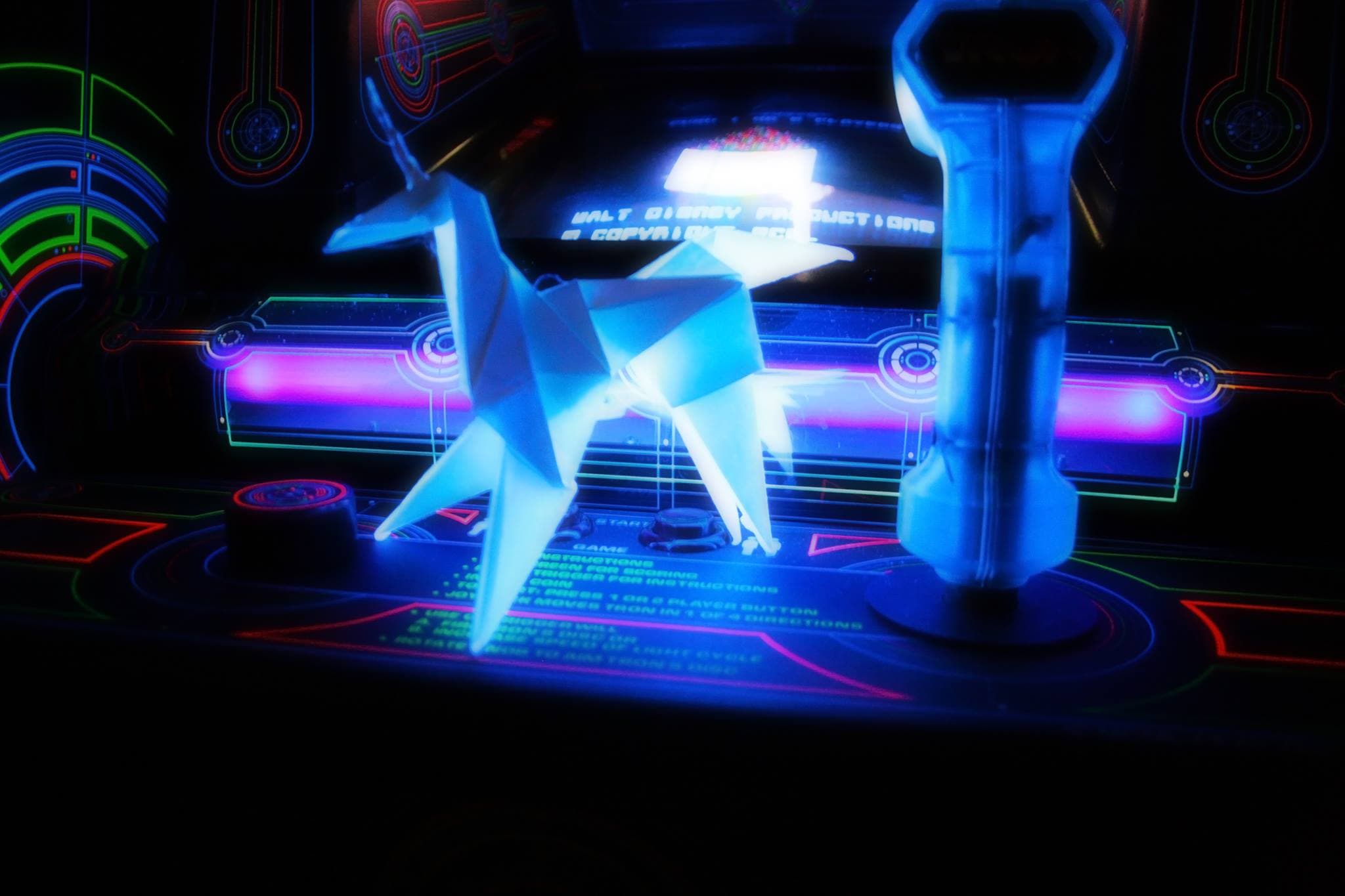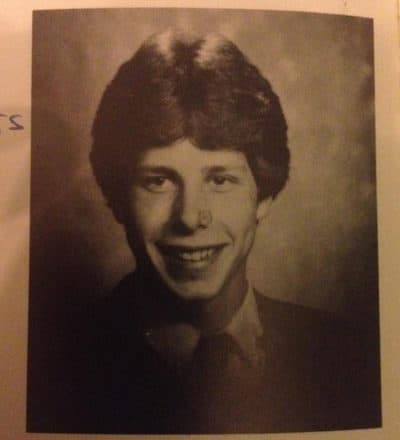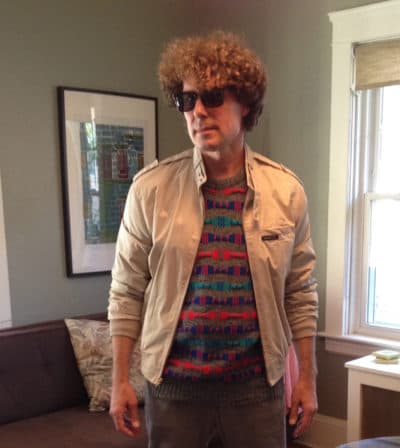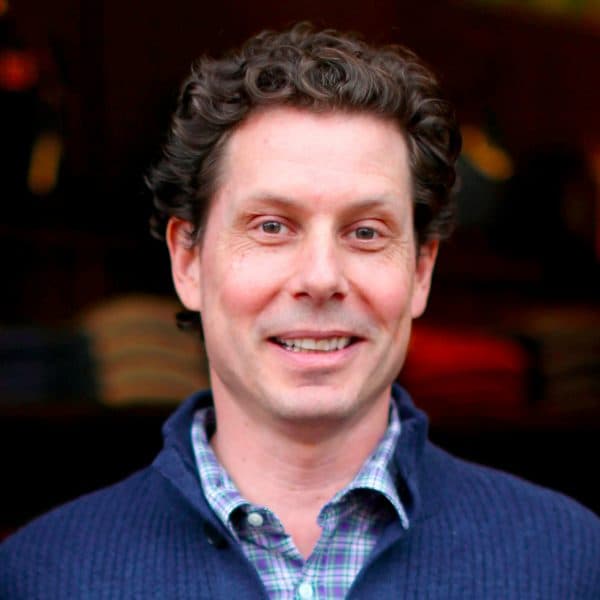Advertisement
Commentary
Why '80s Nostalgia Endures

I am a child of the 1980s.
I came of age during the Reagan administration. I graduated high school in 1984, the same year the Space Shuttle Discovery made its maiden voyage, Michael Jackson got badly burned filming a Pepsi commercial, and the Apple launched the Macintosh computer with its infamous “1984” TV commercial.

That year, I sucked up “Red Dawn,” “The Terminator” and “Sixteen Candles” at the multiplex, and spent hours glued to “Cheers,” “The A-Team,” and “Family Ties” on TV. As for fashion, I thankfully avoided parachute pants, bandanas and blonde highlights, but my feathered-and-layered, center-part haircut was unfortunate (as was my love for Huey Lewis and the News, Loverboy and Lionel Richie).
Despite all that, there's an enduring nostalgia for the '80s in our contemporary culture — enough to throw a three day (and all night) NEON RetroFest this weekend in Rhode Island. Attendees are encouraged to dress the part.
The first ever NEON describes itself as a “late 20th-century retrofuturism festival” that would seem to ask, and partly answer, the question, why does 1980s culture endure?
We’ve all seen a resurgence of interest in the music, pop culture, design and sensibility of the era. Think of the hit TV show “Stranger Things,” which essentially remakes Steven Spielberg’s kids-on-bikes-with-walkie-talkies, supernatural-adventure genre. Or the outbreak of video arcade bars, a trend recapturing the time when to be a real gamer was to haunt your local Dream Machine with a roll of quarters; now these modern, boozy arcades are the domain for adults to play Pac-Man and Asteroids with a beer in hand. Or the advent of “synthwave” electronic music, a genre influenced by 1980s film and video game soundtracks.
But NEON is betting that the new interest isn't just about nostalgia — it's a culture of its own. The fest's co-founder and director Grant Garvin says they're aiming to create an experience that “transcends our collective nostalgia and becomes something more." According to the fest’s press materials, NEON seeks to offer guests “a chance to experience the future as imagined by the past.”
“Nostalgia often feels overly commercialized and marketed in today’s world: ‘Look, a DeLorean! Look, the Millennium Falcon!’” says Amanda Grosvenor, NEON’s co-founder and business manager. The festival, she says, is “less about recreating the past and more about tapping into a unique aesthetic and vibe that many creators are channeling nowadays in really cool ways.”
The RetroFest, held at the Crowne Plaza Hotel Providence-Warwick, includes dozens of classic arcade games, video game consoles and analog role-playing games like Dungeons & Dragons. The Rhode Island Computer Museum offers a peek into its archive of obsolete technology. There’s even a shopping “mall,” and an ’80s cult film festival screening the likes of “Liquid Sky” and “Repo Man.” Some 20 synthwave live acts, with names like Dredd, FacexHugger and Rolly Mingwald, will provide the period soundtrack. There'll be talks and panels on topics ranging from “The Art of Atari” to “Women of Synth.” (Full disclosure: On Friday, my fellow ’80s refugee Peter Bebergal and I are recreating a “live” taping of a fictitious period public access TV show we’re calling “Intelli-vision" and in another talk, I’ll be speaking on “How D&D Changed The World.”)
So what was what it about that bygone vision that warrants a journey back to the future of the ’80s?
For one, the decade was the final gasp of analog-only culture. “We walked into the 1980s with computers that were pretty much hobbyist-only devices, and walked out with the majority of modern PC architecture,” says Dean Duffy, a content producer for the Rhode Island Computer Museum.
Before smart phones and a ubiquitous internet would mean intercontinental connectivity and on-demand media access, says Grosvenor, “We had to find other ways to entertain ourselves if we were bored — reading, drawing, writing and making up imaginary worlds and games and characters with friends.”
Indeed, I too long for the time of payphones, print newspapers and not being distracted by screens and devices. I hunger for the time when listening to an album was something I did with friends. Time seemed slower then, and social interaction more prized.
“We also had to work harder to find the things we loved,” says author Peter Bebergal. “We were more dependent on magazines, mail-order, and someone’s older sibling who had the new XTC album." Bebergal is giving a talk called “The Number of the Beast Is 1-9-8-0,” about how 1980s heavy metal musicians, game designers, novelists, and filmmakers found inspiration in occultism.
Another hallmark of the ’80s: The Cold War’s specter of fear, darkness and nuclear destruction. That threat “permeated every film and song,” says Brendan Britton, whose band Triangle Forest will perform at NEON, “but it was also kind of beautiful, too. As if everyone knew the end was coming, and then just gave into it with abandonment.” The Providence-based synthwave group, formed with his brother Benjamin Britton, was influenced by New Order, Depeche Mode, A-ha, and Vangelis' soundtrack to “Blade Runner.”
The era gave birth to cyberpunk, the version of dystopia seen in the sci-fi novels of William Gibson and Philip K. Dick that pitted high-end A.I. and cybernetics against grim societal decay — a future fantasy that still remains darkly appealing, and partly true. “Sure, it was occasionally a scary vision,” says Tom Nimmo, NEON’s guest and panelist liaison, “but at least it looked cool, and it turned out to not be too far off from where we landed.”

Above all, perhaps the ’80s taught us “it was OK to be weird,” says Bebergal. “My friends and I were able to come out of our wood-paneled basements and proudly wear our Devo T-shirts. We still got beat up, but we knew our tormentors secretly loved Devo also.”
Today, I happily admit that I’m weird. But back in the day, I was more self-conscious, more inhibited. I’ve always wanted to fully embrace ’80s fashion. I can still painfully recall a failed shopping mission with my parents to procure a Members Only jacket. Now that I’ve finally found one, that’ll be me, wearing it as I wander the convention floor this weekend, perhaps with a garish sweater underneath, and humming Culture Club’s “Karma Chameleon” as I try to beat my high score on Galaga or Tron.
Gnarly, to the max.
